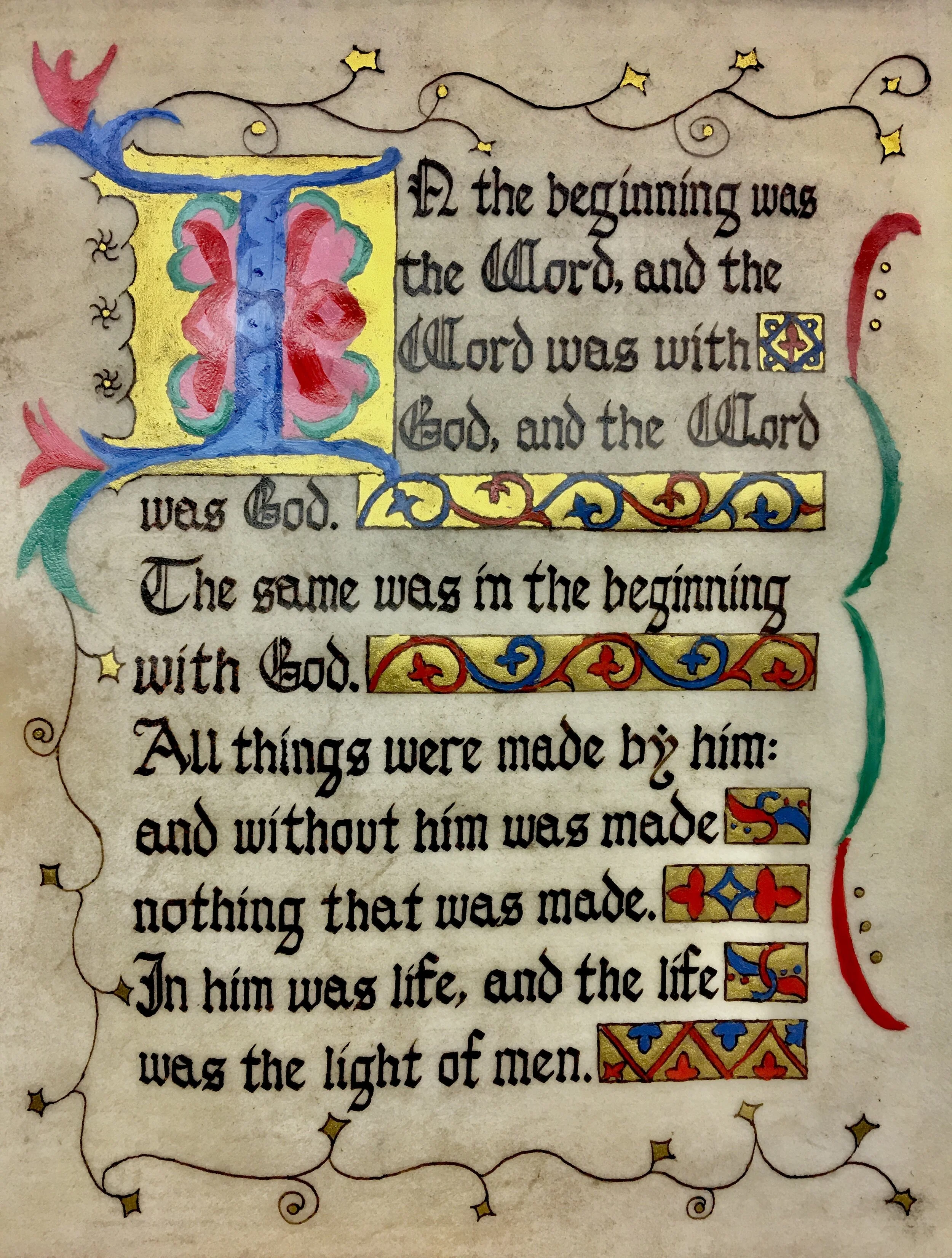I think the importance of the arts/creativity is to pull us out of the every-day, habitual, instinctive way of living and thinking, and encourage us to directly face problems, point them out, and solve them. In my experience, people in general have the tendency to minimize the effort and try to “get-by” instead of completely resolve what is troubling them, since doing so requires a lot of time, energy, and stepping out of the comfort zone. Arts and creativity, on the other hand, choose to not avoid but actively engage with what is at stake, whether that is a personal issue or a global crisis such as living during pandemic and time of inequity, and I think such action, when being done with the goal of leading people to live an unbiased, reasonable, peaceful, and content life, is noble.
The Creative Process celebrates creativity of many kinds, including that of people who are labeled as artists and people who live on other life tracks, with its ever-evolving traveling exhibitions. By collaborating with The Creative Process, in idea, I wish to be engage with the project’s unique perspective of defining and looking at people’s process of creation. In practice, I hope to gain experience in curation works and other aspects of the art industry which the project is involved, as my participation in The Creative Process is one of the initial steps into a career of me in the art world.
My Senior Thesis was a 50-page research paper on the reception history of the Pietà by Michelangelo for my undergraduate art history program. I have worked on it between September, 2019 and May, 2020. It was a valuable and rewarding experience. It has allowed me to explore how the meaning of this timeless artwork has changed because of difference between time, place, and audience groups, by looking at three significant moments in its history, thus contribute my thinking and perspective for others who also wish to explore the related topic in times to come. Personally, it has also taught me how to face the hardship that stands between the initiation and the final work I wish to achieve.
To complete a well-researched, concisely and precisely written work with ample and proper scholarship citations has always been something I wish to do since early high school, yet when I set myself to actually do it, I realized that simply having this passion was not enough to achieve my goal. Between the ideal result and the initiation, there were the dullness of reading and taking note from countless resources, frustration of being unable to think of and organize a good point, anxiety about the deadlines, and, of course, the continuously difficult process of writing and editing. In addition to keeping my passion, I needed to be organized both in work and in time, keep my emotions in check so that I can achieve max efficiency, and work with many people in different fields to solve problems. When I eventually hit the submit button on the submission platform, I felt, of course, relieved and proud, yet in the meantime I know that there is so much more I need to learn. The experience of doing this project has given me both the confidence of facing different and unexpected challenges during the process of achieving goals and the resilience of being calm and efficient during times of uncertainty and frustration.
As for my plan for the future, I wish to use the 365 days of the Optional Practical Training period to gain as much practical experience in the art industry in the U.S. as possible, with a focus on research, catalogue, collection care, curatorial, and documentation of art objects. At the same time, I am preparing for the application for the conservation master program at the Conservation Center in IFA, New York, so I am learning a new language and spending this pausing time on crafting studio art pieces.
This is a page of illuminated manuscript, with the content being the beginning four sentences of the Book of John (Jn 1: 1-4 KJV). I did it as an individual project for a class about multimedia in Gothic art. I drew my inspiration from Medieval illuminated manuscripts by studying their style of writing and decorating. For this piece, I used vellum paper, black and gold ink, and acrylic paint to achieve this final effect. Please see attachment for photographs of this work and the materials used.
















































































